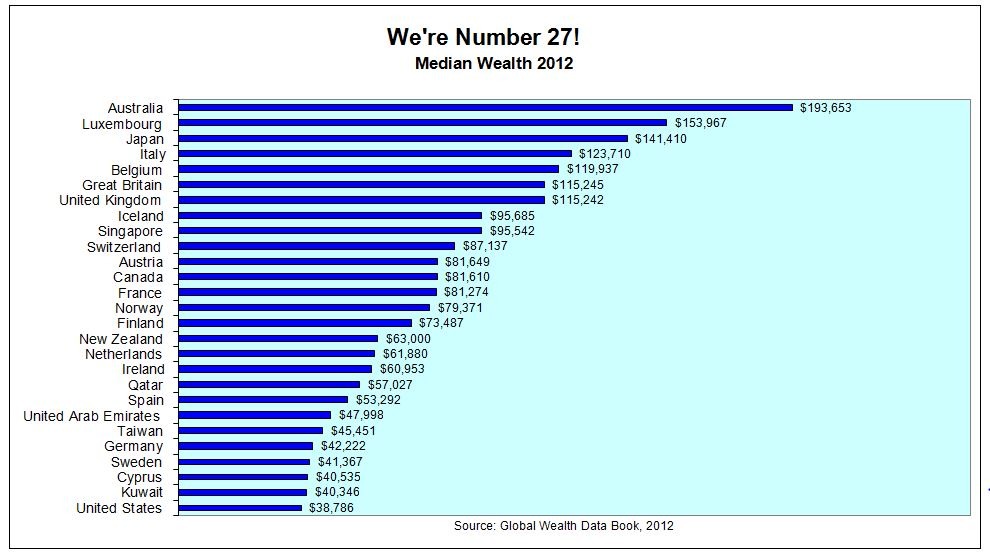
The last period of four consecutive gains in annual median household income was during the late 1990s at the end of the longest economic expansion in US history (120 months from March 1991 to March 2001). The income gain last year was the fifth consecutive annual increase in real median household income starting in 2013, following five consecutive declines from 2008 to 2012 due to the effects of the Great Recession. Median household income last year of $61,372 was an increase of 1.8% from 2016 and brought median income for US households to the highest level ever, above the previous record level last year of $60,309. The chart above shows: a) average annual household income in 2017 dollars (light blue line), b) median household income in 2017 dollars (dark blue line), and c) average household size (brown line), all from 1975 to 2017. Median and Average Household Income, and Average Household Size Shortly, I’ll post my annual analysis “Explaining US income inequality by household demographics ” here’s my post from a year ago for 2016 data. Below are four charts with commentary based on the new Census data on household income through 2017. Some economists define the “middle class” as those Americans making within 50 percent of the median income (so in 2013, those making between $25,970 and $77,909.) As more and more income is redistributed upwards, the group fitting into this literal “middle class” actually shrunk from 56.5 percent of the population in 1979 to 45.1 in 2012.The Census Bureau released its annual report today on “ Income and Poverty in the United States: 2017” with lots of new, updated data on household and family incomes, and household demographics through 2017. The perception of slipping out of middle class comfort is based in fact. The percentage of Americans self-identifying as “middle class” has dropped significantly in recent years, while the percentage considering themselves “lower class” or “lower middle class” has risen: Which means middle-of-the pack Americans have far less to their names than middle-of-the pack Australians (or Japanese, or Canadians, or Spanish, or Austrians…)Įveryday Americans are well aware they’re being squeezed out of economic security. Remember how the United States ranks fourth in the world in wealth per-person? When the same report ranked each country by its median wealth, the US dropped to #21.

The share of total national income going to this chunk of the population has decreased steadily since the 1960s and currently stands well below 50 percent:Īs the middle class share dwindles, it’s harder for typical Americans to put anything aside. One way to see how the middle class is faring is to break out the middle 60 percent of the population.

Middle class Americans are feeling this income squeeze. This recent income stagnation came in the wake of a steep drop from 2007-2011 (mouse over the graph to see data): And things aren’t poised to change: The median household brought in $51,939 in 2013, a real dollar increase of just $180 from 2012. Thanks to economic policies that favor the super-rich and fuel inequality, the typical US adult’s total wealth is $31,688 - not even close to $348,000. It ranked fourth in the world in wealth per person, with $348,000 for every American adult.īut the average American wouldn’t know it. Already the richest country in the world, the United States reached its highest cumulative wealth ever in 2013.


 0 kommentar(er)
0 kommentar(er)
